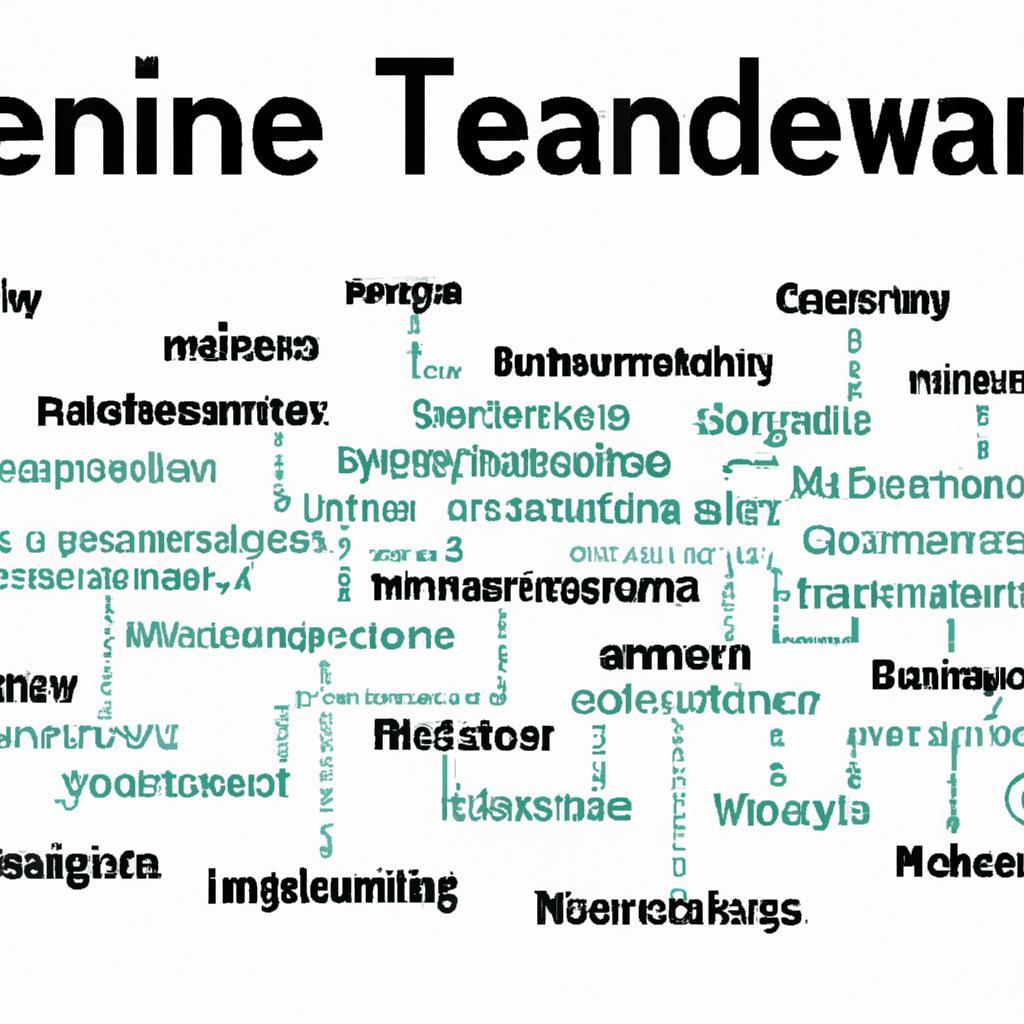In the ever-shifting terrain of digital commerce, where consumer preferences and technological innovations collide, understanding the e-commerce landscape has never been more essential. As online shopping continues to evolve, businesses are presented with both exciting opportunities and formidable challenges that can redefine their trajectories. From the rise of social commerce to the growing emphasis on sustainability, navigating these trends requires insight and adaptability. This article delves into the pivotal developments shaping the e-commerce landscape, illuminating the key trends and challenges that every entrepreneur and retailer needs to understand in order to thrive in this dynamic environment. Join us as we explore the intricate pathways of e-commerce, equipping you with the knowledge to chart a successful course through this bustling digital marketplace.
Emerging Technologies Shaping E-Commerce Strategies
As e-commerce evolves, several **emerging technologies** are playing a pivotal role in reshaping strategies across the sector. Businesses are leveraging **artificial intelligence (AI)** to enhance customer experiences through personalized recommendations and chatbots that provide real-time support. Furthermore, the integration of **augmented reality (AR)** allows consumers to visualize products in their own space, bridging the gap between online shopping and physical store interactions. The **Internet of Things (IoT)** facilitates a more connected shopping experience, where devices communicate seamlessly, enhancing convenience and efficiency. Other noteworthy trends include the rise of **cryptocurrency transactions**, offering customers alternative payment methods, and the utilization of **blockchain technology** to ensure transaction security and transparency. To illustrate these technologies, consider the following table that highlights their potential impact on e-commerce strategies:
| Technology | Impact on E-Commerce |
|---|---|
| AI | Enhances personalization and customer support |
| AR | Improves product visualization and decision-making |
| IoT | Enables seamless, connected shopping experiences |
| Cryptocurrency | Provides alternative payment options |
| Blockchain | Ensures secure and transparent transactions |
By embracing these technologies, e-commerce businesses can not only stay competitive but also create a more engaging and efficient shopping experience for consumers.

Consumer Behavior Shifts and How to Adapt Your Approach
In the rapidly evolving world of e-commerce, understanding and responding to shifts in consumer behavior is crucial for businesses aiming to thrive. Today’s consumers are more informed and connected than ever, leading to significant changes in their purchasing habits. To effectively engage this new wave of shoppers, consider implementing the following strategies:
- Personalization: Tailor experiences by utilizing data analytics to offer personalized recommendations based on individual shopping patterns.
- Mobile Optimization: Ensure your website and checkout processes are mobile-friendly, as many consumers now shop primarily through their smartphones.
- Sustainability Focus: Respond to the growing demand for eco-friendly products by showcasing your commitment to sustainable practices.
- Social Commerce Integration: Leverage social media platforms for direct selling, capitalizing on the influence of social proof and peer recommendations.
By staying attuned to these evolving trends and proactively adapting your marketing and sales strategies, you can build deeper connections with your audience and drive brand loyalty.
| Trend | Impact on Consumer Behavior |
|---|---|
| Increased Online Shopping | More consumers favor convenience, prioritizing online purchases over in-store visits. |
| Experience Over Products | Consumers seek memorable experiences rather than just transactions, influencing marketing appeals. |
| Brand Transparency | Consumers demand authenticity, favoring brands that openly share their values and practices. |
Concluding Remarks
As we draw the curtain on our exploration of the dynamic e-commerce landscape, it becomes clear that this realm is both a vibrant marketplace and a complex labyrinth. With trends like personalized shopping experiences and sustainable practices shaping the future, it’s essential for businesses and consumers alike to stay informed. Challenges such as cybersecurity threats and rising competition further underscore the need for adaptability and innovation in this ever-evolving digital sphere.
Navigating these waters may not always be easy, but understanding the currents can lead to more informed decisions and successful endeavors. As we move forward, let us remain vigilant, curious, and ready to embrace the transformations that lie ahead. The future of e-commerce is not just about technology—it’s about connection, creativity, and a shared journey towards a more inclusive marketplace. Wherever your path leads, may it be enlightening and rewarding in this expansive digital age.


